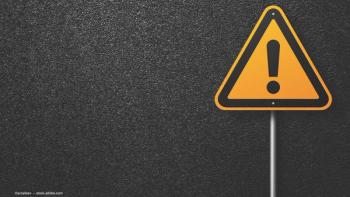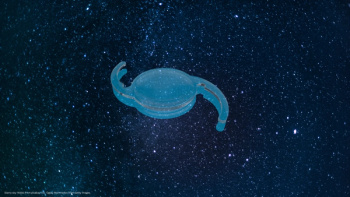
How to create a stable incision
By considering geometry, tissue properties and histology, Dr Paul Ernest outlines qualities of a well-constructed wound.
Key Points
This debate was fuelled further by Peter Barry's presentation at the 2006 annual congress of the ESCRS, during which he announced the results of the largest antibiotic study in medical history. Not only did the results of this study suggest that intracameral cefuroxime administration was associated with a five-fold reduction in the risk of endophthalmitis, but he also noted a link between infection risk and the use of silicon IOLs and clear corneal incisions.
Dr Barry warned that, although the risk factor for clear corneal incisions fell just outside statistical significance, it could not be ignored.
The three key parameters
In the 1990s, Dr Ernest embarked on a number of studies in cadaver eyes to establish the ideal properties of a cataract incision.1,2 "My goal was to provide parameters for a reproducible incision with the highest margin of safety that can be successfully utilized by all surgeons," he said.
According to Dr Ernest, there are three key parameters that contribute to a well-constructed wound:
1) Geometry: proper dimensions to prevent egress of fluid and ingress of bacteria.
2) Tissue properties: ability of tissue to return to its original configuration when stretched.
3) Histology: Early fibrosis thus promoting incision sealing.
Geometry: incision must be square
A presentation made during the early 1990s supported the construction of clear corneal incisions in cataract surgery;3 however, these incisions were rectangular in nature and, based on previous studies,2,4 Dr Ernest doubted their stability because they were not square in configuration.
"My own experience and that of earlier studies told me that a square incision confers greater stability on a wound," noted Dr Ernest.
A study performed by Dr Ernest and colleagues in cadaver eyes showed that an incision was stable, regardless of its location, so long as its geometry was square.2
Newsletter
Get the essential updates shaping the future of pharma manufacturing and compliance—subscribe today to Pharmaceutical Technology and never miss a breakthrough.













































